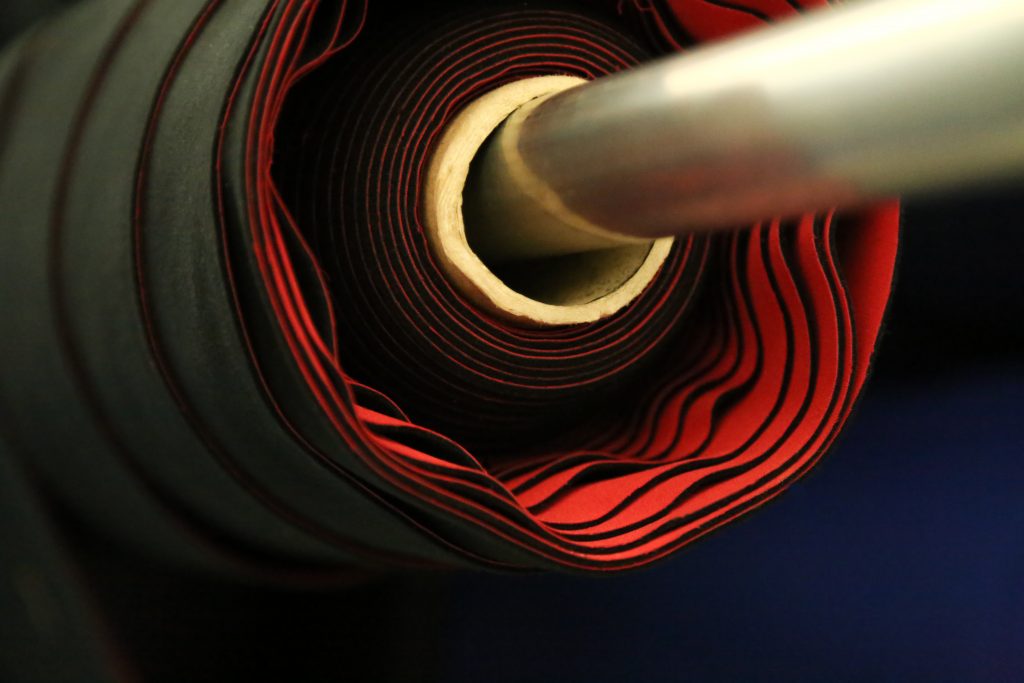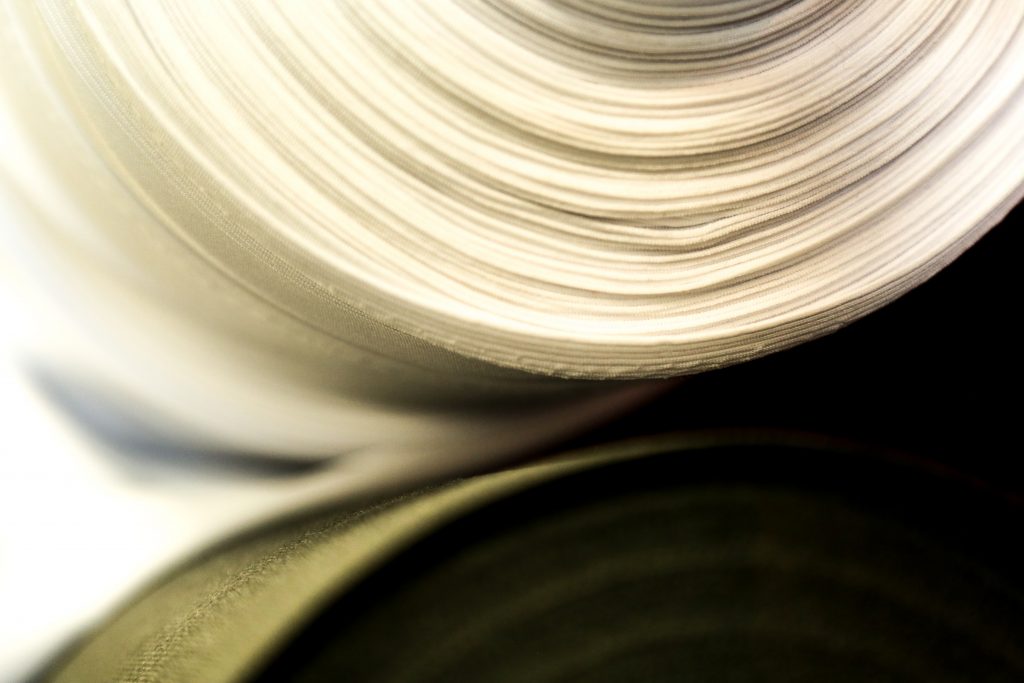No matter what type of bodyflight you pursue, you have a certain range of speeds within which you are comfortable. Early on in your training, both indoors and in the sky, your instructors and coaches fly to you – tailoring their fall rate to put you at the centre of your range. Your natural speed is where it is easiest to learn new techniques, but developing your ability to perform at different velocities is crucial to success when the sweetest spot is often not where you will be. Increasing your range can be done by building technique, but no matter how good you are it is entirely possible to be in a place where what you are doing is impractical. At the very edges of your range, your body position can easily become compromised i.e. you are digging in so much to stay level that you cannot move around efficiently.
Extra Layers
Layering areas of your suit with additional material is a way to create more drag and go slower. You can do this with ever more bagginess, but in doing so you quickly reach the point where all that material behaves wildly and you look like it is 1975. Layering allows for a suit design to keep it’s proper shape, and for some specificity in where you add the extra drag. Doing this is a big people thing (and those who are just super dense and fall fast) as they are routinely required to fly with others who are smaller. Little flyers get tight suits and need to operate at the other end of the ability scale – always falling faster than their middle speed.

Materials
There are three kinds of material we use for layering, each with their own slightly different properties – with the general compromise being that more power = warmer and less comfort. Here they are…
Taslan is a woven polyester that has been used to make jumpsuits for ages. More recently, additional fabric technology has added to the list of materials we use – but Taslan is strong, durable, and not going anywhere. In this context, it represents the first additional level of drag.
Ripstop Nylon is the shiny one, and while thin is powerful because it is non-porous (kind of like parachute fabric). This is useful for suit construction because when the wind hits it directly it creates a lot of resistance – but at an angle, the slippiness allows for rapid movement. The medium choice – it is light, but warm because it does not breathe.
Cordura is used to make things that need to be tough, and is what we apply to the areas of suits that require reinforcement (bums, elbows, knees). It is thick, rough and very good at creating drag. This fabric is the hardcore choice, and unlike the other two materials that go under the suit panels – Cordura goes on the outside where it can be most effective.


Where?
Legs first. Bodyflight that involves movement (dynamic flying/tracking/tracing etc.) is more forgiving on power requirements. Static flying is where this becomes a more important consideration, and for this you should be maximizing the use of your legs. For building formations and turning points, you should be able to work your arms without either relying on them for lift or them interfering with your movement. Fancy VFS teams will even have super draggy legs and extra tight arms to get things done as fast as possible.
Getting the perfect suit is a balance of things – choosing the right model and the correct fit are both key, as is proper training and much practice. Extra layers are an additional level of build flexibility to ultimately get you exactly where you need to go.
